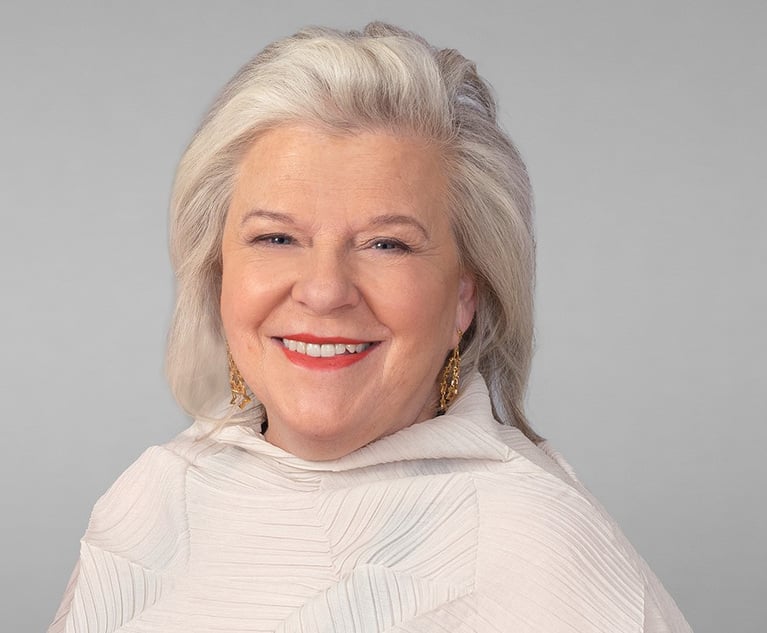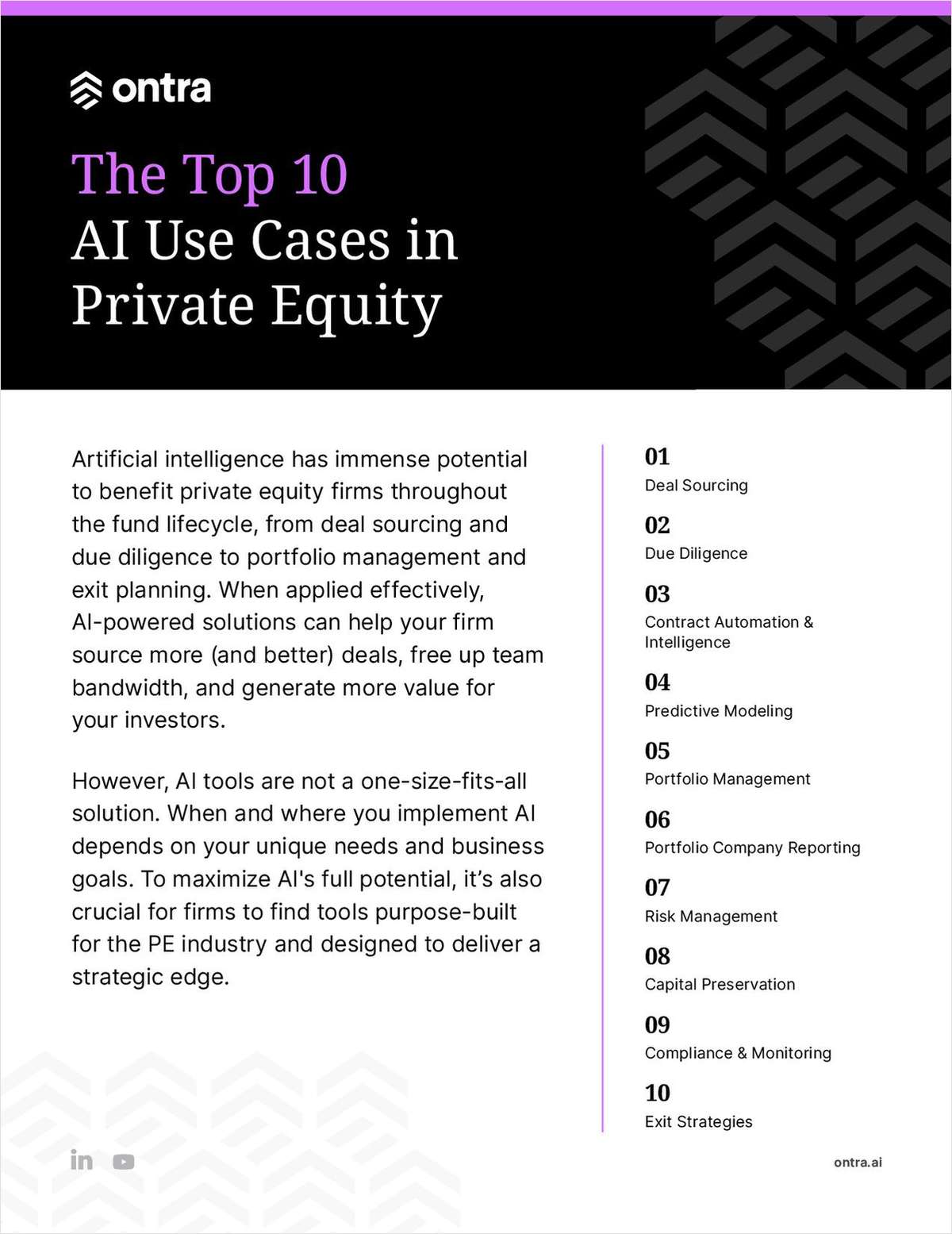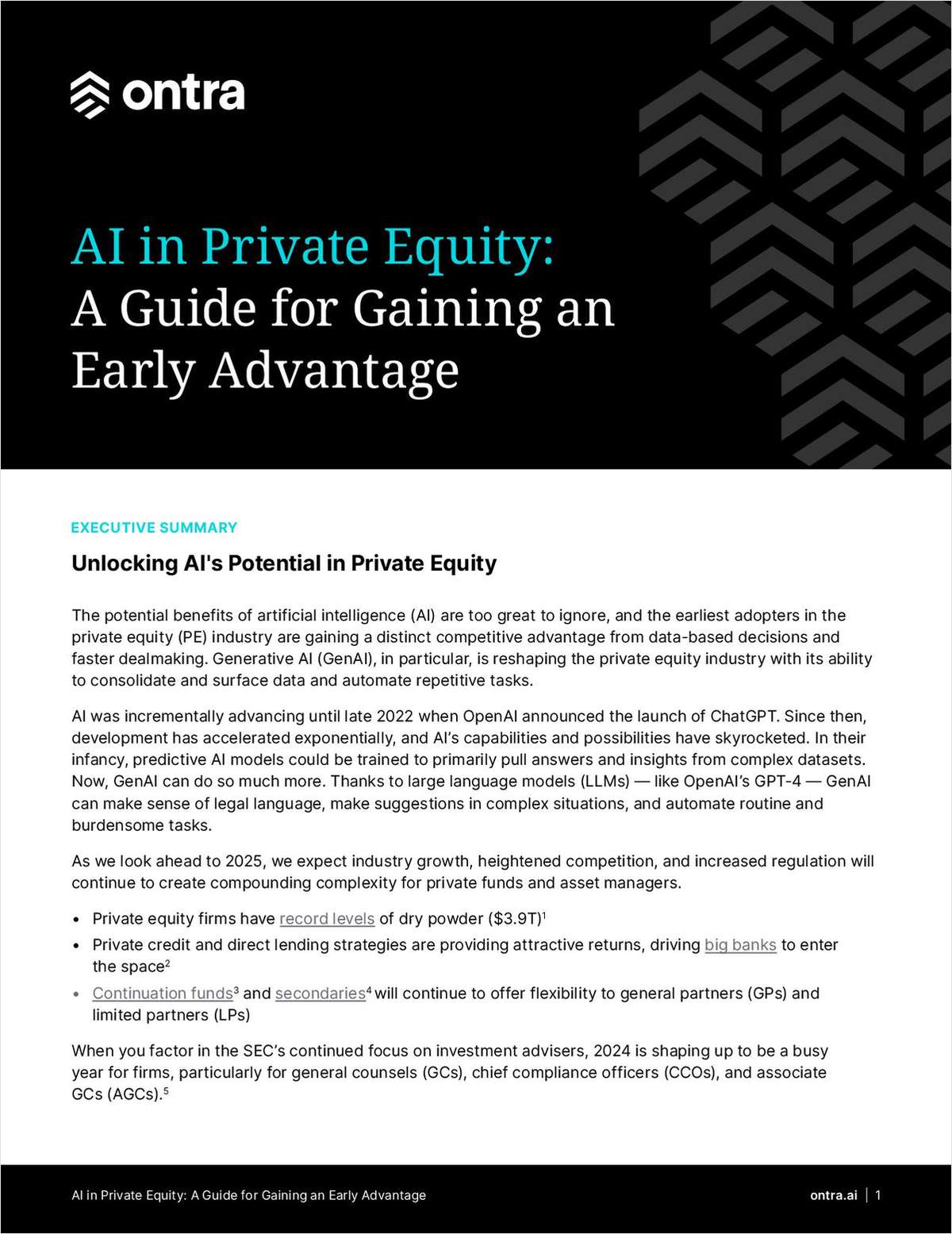Trio of firms team up to push gender diversity agenda as they unveil gender pay gap data
Pinsent Masons, Bird & Bird and Taylor Wessing become latest law firms to reveal pay gap figures
February 08, 2018 at 07:48 AM
5 minute read
Pinsent Masons, Bird & Bird and Taylor Wessing have teamed up to unveil their gender pay gap data, alongside a push to improve diversity by sharing ideas and best practices.
In addition to announcing their pay gap figures together, the firms have also discussed plans to go beyond simple disclosure and also share best practices on pay and diversity, a move they are hoping will go some way to rectifying gender disparities at top UK law firms.
This collaboration could see measures tested by one firm subsequently adopted by others.
Pinsents has the largest difference in pay between men and women, with male staff paid about 22% more on an average hourly rate basis and 47% more in bonuses.
Taylor Wessing has the smallest difference in both average hourly rates across the firm and bonuses, with a 13.5% difference in average hourly rates and men earning about 29% more in bonuses than women.
Meanwhile, at Bird & Bird, the mean average difference in hourly rates stands at 14.5%, compared with a 33.5% uplift in favour of men when it comes to bonus payments.
All three firms said they were confident that actual pay for comparable roles was equal regardless of gender, arguing that – as with other firms – the comparatively high number of women in the lowest pay quartile skewed the gap in favour of men, particularly if looking at the median rather than mean.
The difference is particularly stark for bonus payments, according to the firms, where larger numbers of women in lower paid roles and a higher number of women working part-time – and therefore seeing bonuses pro-rated – bring down the average for women.
Roughly 70% of the lowest paid quartile of workers at all three firms are women.
According to Pinsents, the reason its pay gap is wider than either Bird & Bird's or Taylor Wessing's is its network of regional UK offices, where wages are lower than London and the bulk of lower paid roles, such as legal PAs, are held by women. The firm said that as of 1 April 2017, all bar one of its legal PAs were female.
Taylor Wessing and Bird & Bird both went further than the new regulations require, opting to break down the pay gap data for fee earners. At Taylor Wessing, female fee earners took home marginally more than men at all except senior counsel level, with Bird & Bird's data also showing a skew in favour of women not men at the junior associate level.
While firms are not required to provide data about partners, Bird & Bird also looked at the overall earnings for partners, finding a pay gap marginally in favour of women.
Bird & Bird HR head Andrea Pankhurst said: "Based on an estimated calculation, we found our partner pay gap is marginally in favour of female partners for the mean calculation and roughly equal when reviewing the median. We are aware, however, that this figure is prone to a degree of variance, again due to the manner in which partners are paid.
"Whilst this is a positive message, we are not complacent and continue to look at ways to reduce our overall pay gap."
Pinsents' HR and learning director Jonathan Bond said the firm contacted more than 20 of the top 40 UK law firms to invite them to combine efforts ahead of reporting the data.
CMS also shared its data and best practice and is also planning to collaborate further, with other firms set to be invited to join in.
Bond said: "We don't think there is a quick fix to this issue and we don't think we can do it on our own. We want to work with other firms and create a sector approach because it's in the long-term good to improve diversity and opportunity for all."
Last year, Taylor Wessing rolled out a series of action plans for each of its practice heads, after conceding it would not achieve its target of a 25% female partnership by 2018.
The firm is looking at elements such as succession planning, work allocation, sponsorship of key talent and agile working, and is also establishing an appointments review committee to advise the board when deciding on key management roles.
Taylor Wessing lead partner for diversity and inclusion Sian Skelton, who was appointed to the firm's UK board last October, added: "We may be legally obligated to report our gender pay gap, but we are approaching this as part of our Gender Plan, established last autumn, which outlines the steps we are taking to promote gender equality, with an aim of achieving balanced leadership and optimising talent retention."
The release of the data comes ahead of an April reporting deadline for all organisations employing more than 250 people to commit to providing data on their gender pay gap.
Yesterday, Linklaters revealed that its average hourly pay is skewed in favour of men by 23%, rising to a difference of nearly 40% using a median average. Other top law firms to have announced their figures to date include Herbert Smith Freehills, CMS and Shoosmiths.
|This content has been archived. It is available through our partners, LexisNexis® and Bloomberg Law.
To view this content, please continue to their sites.
Not a Lexis Subscriber?
Subscribe Now
Not a Bloomberg Law Subscriber?
Subscribe Now
NOT FOR REPRINT
© 2024 ALM Global, LLC, All Rights Reserved. Request academic re-use from www.copyright.com. All other uses, submit a request to [email protected]. For more information visit Asset & Logo Licensing.
You Might Like
View All
Weil Acquires More Office Space as HSF, Simmons Eye New London Bases
2 minute read
A&O Shearman Luminary, Former US Co-Chair, to Leave Partnership


‘Are You Not Profiting From Postmasters’ Misery?’—Politicians Grill HSF, Dentons on Post Office Conduct
Trending Stories
- 1Judge Denies Sean Combs Third Bail Bid, Citing Community Safety
- 2Republican FTC Commissioner: 'The Time for Rulemaking by the Biden-Harris FTC Is Over'
- 3NY Appellate Panel Cites Student's Disciplinary History While Sending Negligence Claim Against School District to Trial
- 4A Meta DIG and Its Nvidia Implications
- 5Deception or Coercion? California Supreme Court Grants Review in Jailhouse Confession Case
Who Got The Work
Michael G. Bongiorno, Andrew Scott Dulberg and Elizabeth E. Driscoll from Wilmer Cutler Pickering Hale and Dorr have stepped in to represent Symbotic Inc., an A.I.-enabled technology platform that focuses on increasing supply chain efficiency, and other defendants in a pending shareholder derivative lawsuit. The case, filed Oct. 2 in Massachusetts District Court by the Brown Law Firm on behalf of Stephen Austen, accuses certain officers and directors of misleading investors in regard to Symbotic's potential for margin growth by failing to disclose that the company was not equipped to timely deploy its systems or manage expenses through project delays. The case, assigned to U.S. District Judge Nathaniel M. Gorton, is 1:24-cv-12522, Austen v. Cohen et al.
Who Got The Work
Edmund Polubinski and Marie Killmond of Davis Polk & Wardwell have entered appearances for data platform software development company MongoDB and other defendants in a pending shareholder derivative lawsuit. The action, filed Oct. 7 in New York Southern District Court by the Brown Law Firm, accuses the company's directors and/or officers of falsely expressing confidence in the company’s restructuring of its sales incentive plan and downplaying the severity of decreases in its upfront commitments. The case is 1:24-cv-07594, Roy v. Ittycheria et al.
Who Got The Work
Amy O. Bruchs and Kurt F. Ellison of Michael Best & Friedrich have entered appearances for Epic Systems Corp. in a pending employment discrimination lawsuit. The suit was filed Sept. 7 in Wisconsin Western District Court by Levine Eisberner LLC and Siri & Glimstad on behalf of a project manager who claims that he was wrongfully terminated after applying for a religious exemption to the defendant's COVID-19 vaccine mandate. The case, assigned to U.S. Magistrate Judge Anita Marie Boor, is 3:24-cv-00630, Secker, Nathan v. Epic Systems Corporation.
Who Got The Work
David X. Sullivan, Thomas J. Finn and Gregory A. Hall from McCarter & English have entered appearances for Sunrun Installation Services in a pending civil rights lawsuit. The complaint was filed Sept. 4 in Connecticut District Court by attorney Robert M. Berke on behalf of former employee George Edward Steins, who was arrested and charged with employing an unregistered home improvement salesperson. The complaint alleges that had Sunrun informed the Connecticut Department of Consumer Protection that the plaintiff's employment had ended in 2017 and that he no longer held Sunrun's home improvement contractor license, he would not have been hit with charges, which were dismissed in May 2024. The case, assigned to U.S. District Judge Jeffrey A. Meyer, is 3:24-cv-01423, Steins v. Sunrun, Inc. et al.
Who Got The Work
Greenberg Traurig shareholder Joshua L. Raskin has entered an appearance for boohoo.com UK Ltd. in a pending patent infringement lawsuit. The suit, filed Sept. 3 in Texas Eastern District Court by Rozier Hardt McDonough on behalf of Alto Dynamics, asserts five patents related to an online shopping platform. The case, assigned to U.S. District Judge Rodney Gilstrap, is 2:24-cv-00719, Alto Dynamics, LLC v. boohoo.com UK Limited.
Featured Firms
Law Offices of Gary Martin Hays & Associates, P.C.
(470) 294-1674
Law Offices of Mark E. Salomone
(857) 444-6468
Smith & Hassler
(713) 739-1250










